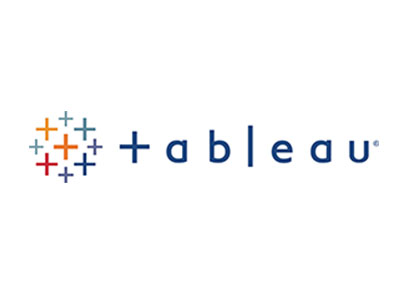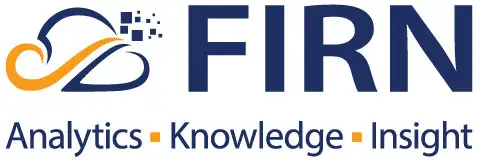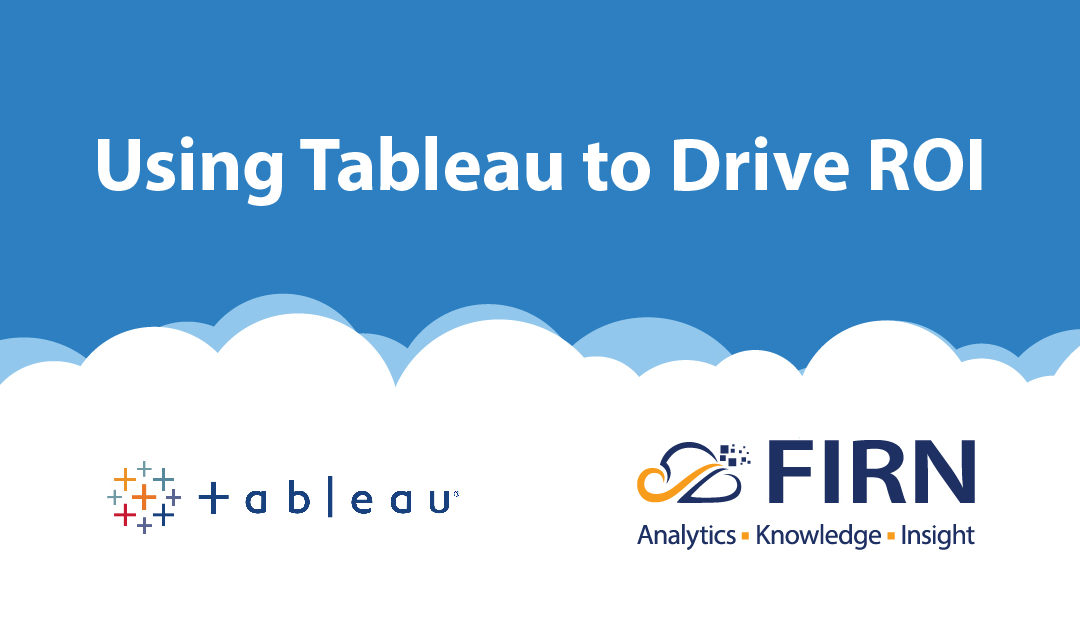Return on Investment (ROI) is an important KPI for any organisation.
You want to make sure that the effort you’re putting in, the changes you’re implementing and decisions you’re making are generating returns for your business, so let’s look at the benefits of data visualisation.
Organisations that use data to drive their decisions, understand that using data effectively can have a significant impact on an organisation’s ROI. The benefits of data visualisation is that you’re able to use your data to generate the right reports at the right time, teams are able to adapt more swiftly to changes and make decisions that will drive increased revenue and ROI.
However, for many organisations, using their data effectively is still a struggle. Data is housed in silos and any results generated from the analysis may be difficult to understand.
With advanced analytics and visualisation capabilities, Tableau can help your organisation get better insights faster, and drive increased ROI.
Here’s how data visualisation helps:
Combine your data sources
One of the first barriers organisations must overcome to get valuable insights from their data is breaking down data silos. Marketing, sales, customer and product data, for example, are often housed in different databases. This makes it hard to get a comprehensive overview of what’s going on, where you can drive additional value, and what action you can take to drive ROI.
Combining these sources of data is often a crucial first step.
With Tableau, you can easily integrate disparate sets of data to run analytics, create reports and visualisations, and even have these automated so they reflect the most relevant, up-to-date data.
Share the insights
Just like you don’t want your data to live in silos, neither do you want your insights to be siloed. You want to make sure you’re sharing this data with the wider organisation, and that the data and insights you’re sharing is relevant.
Using Tableau’s dashboards you can bring the visualisations together, as well as allow users to interact with the data to better understand it. You can even create various dashboards for different teams in your organisation which will highlight the most relevant information to them so that they’re able to make decisions that will drive the greatest ROI.
With Tableau, you’re also able to add ‘actions’ to your dashboards. These allow users to filter the data to hone in on what’s most relevant to them, highlighting sections to draw attention to particular points of data, and even hyperlink further information hosted outside of Tableau.
Make better decisions – faster
We live in a fast-paced world, meaning your organisation needs to make decisions fast too.
Because of this fast-paced world a lot of data is being generated consistently, and this can easily overwhelm our ability to make sense of all the data, gain insights and make the right decisions at the right time. To make this process easier it’s a good idea to use visualisations.
Among the benefits of data visualisation is that because people are predominantly visual learners, they’re more easily able to identify insights in data that’s presented visually than when it’s just numbers. So, visualisations play an important part in understanding your data.
Clear data translation
Tableau easily translates your data queries into visualisations. Using visual elements like charts, graphs, and maps, it provides an accessible way to see and understand trends, outliers, and patterns in data which can then help anyone in your organisation make faster, more informed decisions.
Best of all, Tableau does it in real-time, automatically refreshing its data from the sources it’s connected to. So, rather than making decisions based on data that may be weeks or even months old, you’re making decisions based on the most up-to-date data available, making decisions more relevant and accurate.
Be more customer-centric
Today’s world isn’t just faster-paced, it’s also increasingly customer-oriented.
To remain competitive, organisations need to use customer insights to shape their products, solutions and experiences. Research from Mckinsey has shown that organisations that use customer insights outperform their peers by 85% in sales growth margins and more than 25% in gross margins.
Data analytics and data visualisations allow you to focus in on the information you need to ensure you’re delivering to the needs of your customers. With functions like segmentation and predictive analytics, you’re able to identify your most valuable customers or those who are likely to churn. This, in turn, lets you put actions in place that help you attract more high-value customers, or increase overall retention.
Overall, data visualisation tools are becoming increasingly important for organisations that want to deliver more value from the data and analytics, and drive ROI. Tableau allows you to easily import and integrate data to instantly turn it into informative visualisations that deliver faster insights, which your team can use to make better and more informed decisions.
And, by combining the power of data analysis and visualisation, Tableau will uncover the insights your organisation needs to make decisions that will drive improved ROI.
And that’s a win in anyone’s books!

For more information about Tableau’s features and the benefits of data visualisation for your organisation, get in touch with us at FIRN Analytics.

